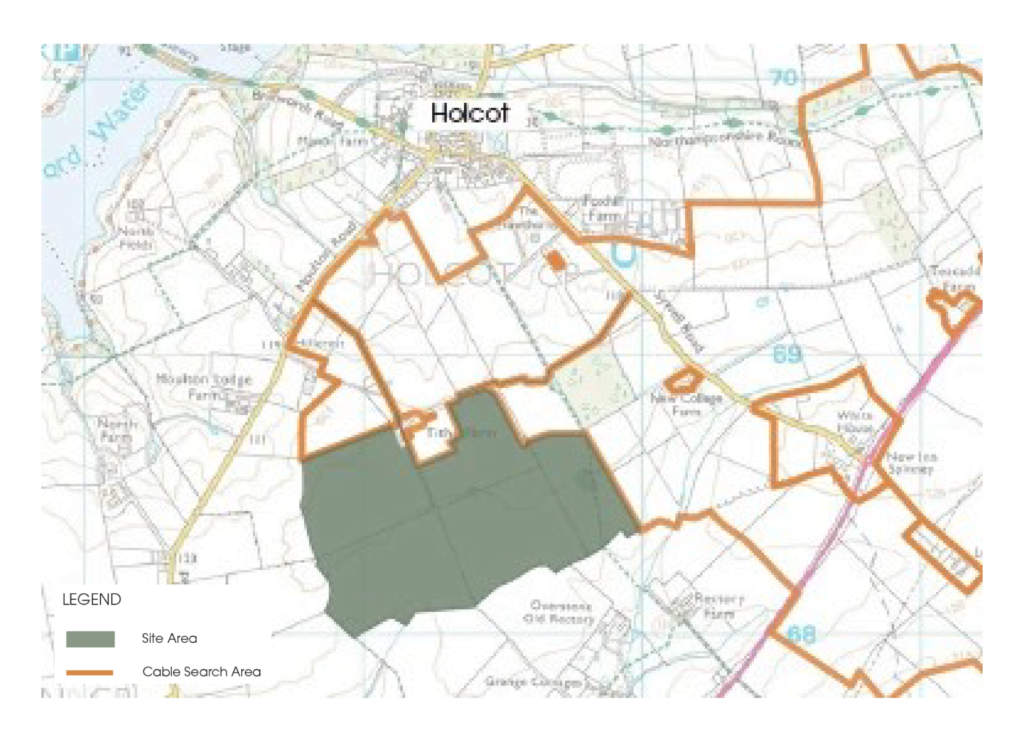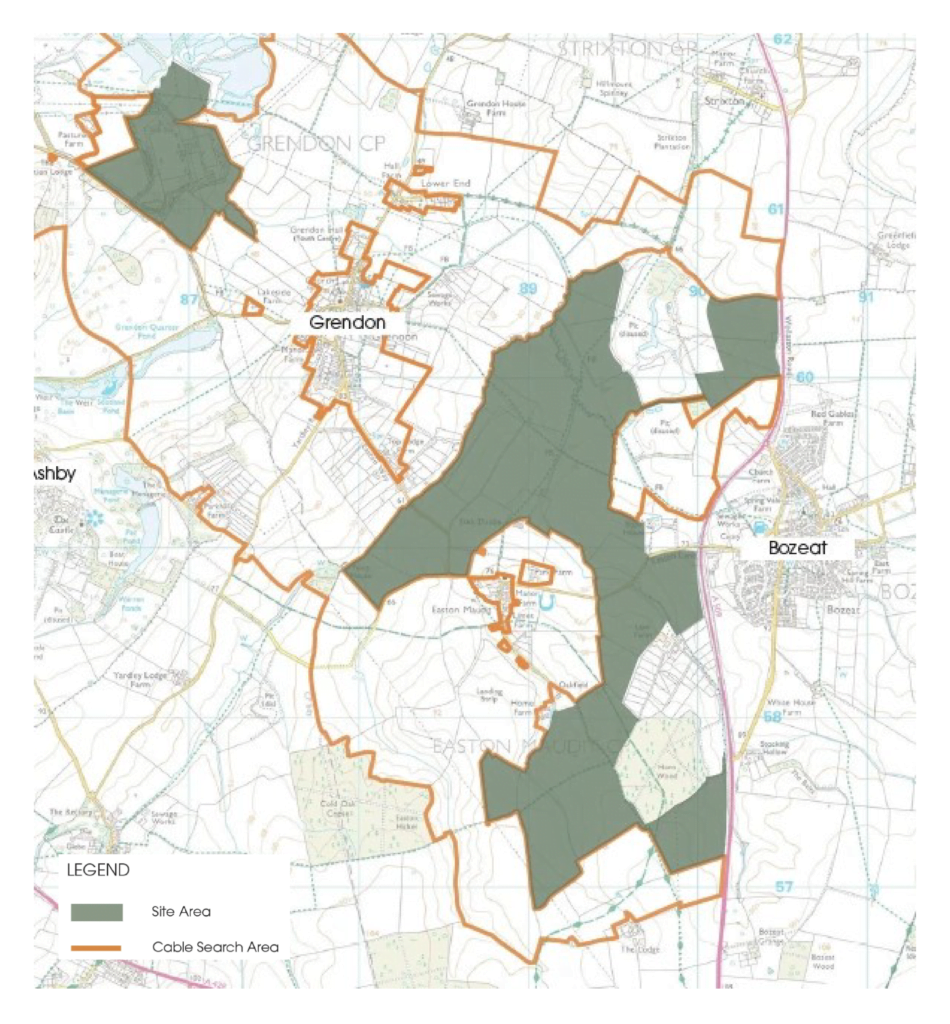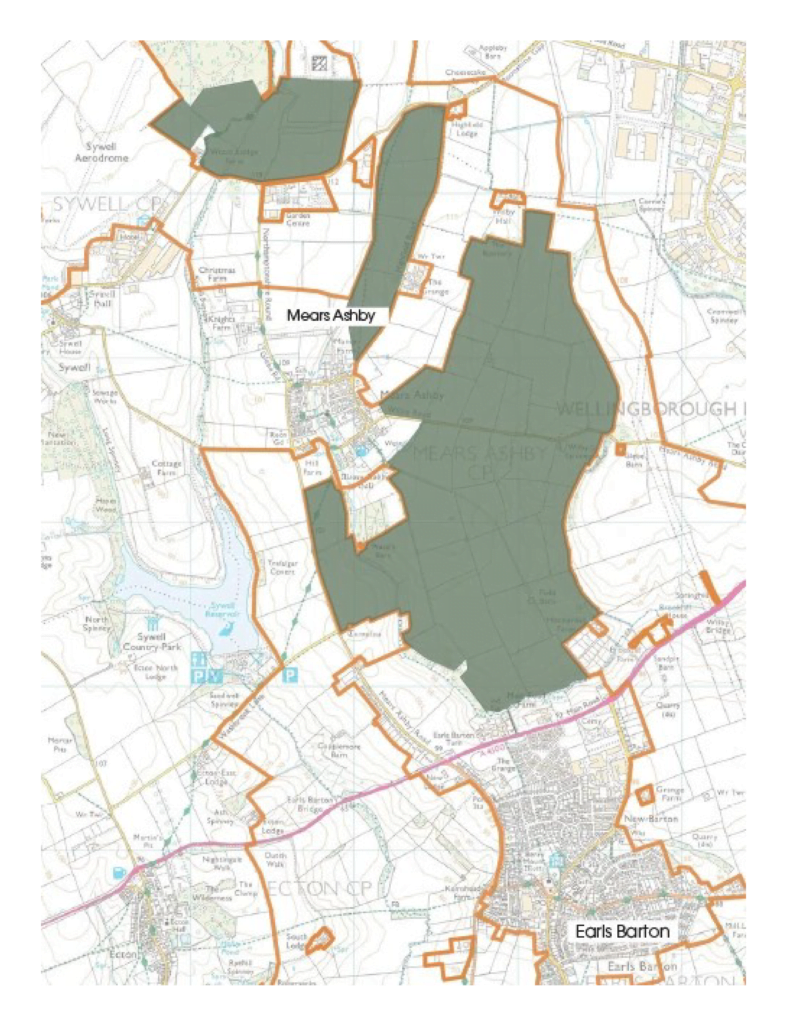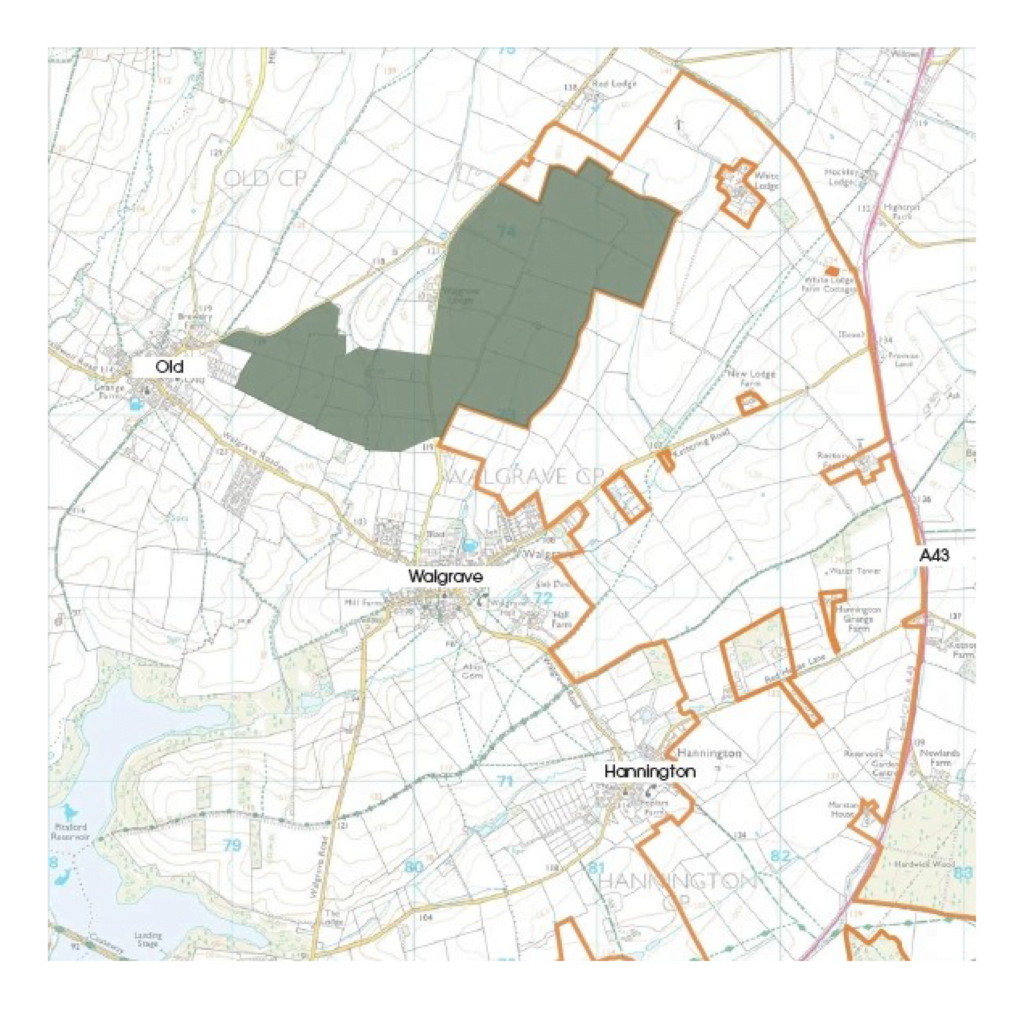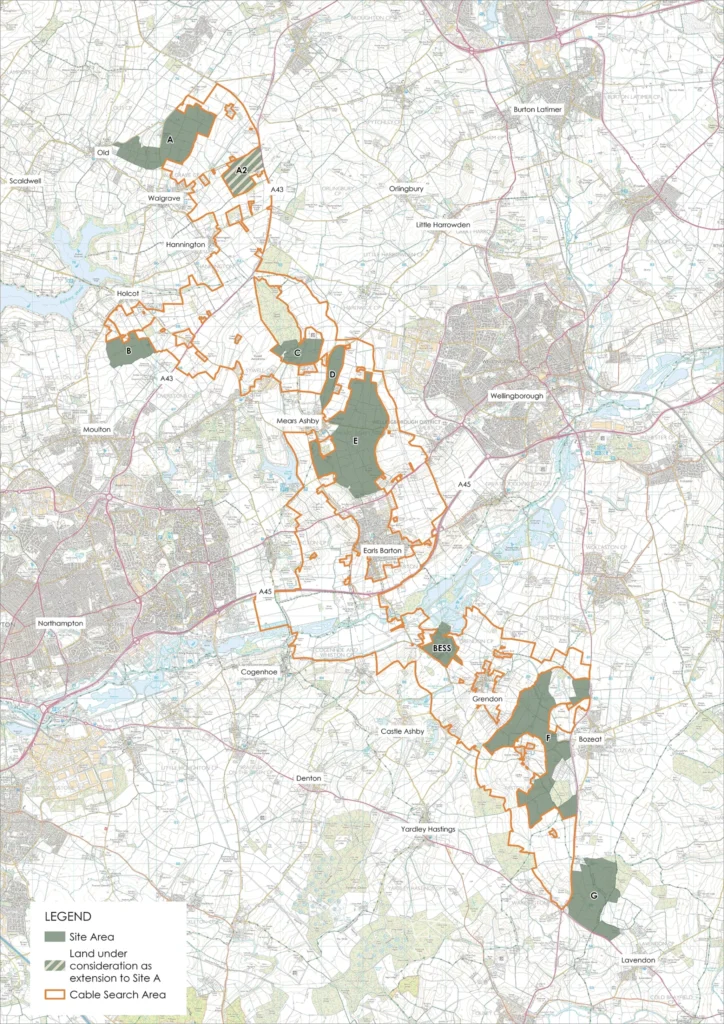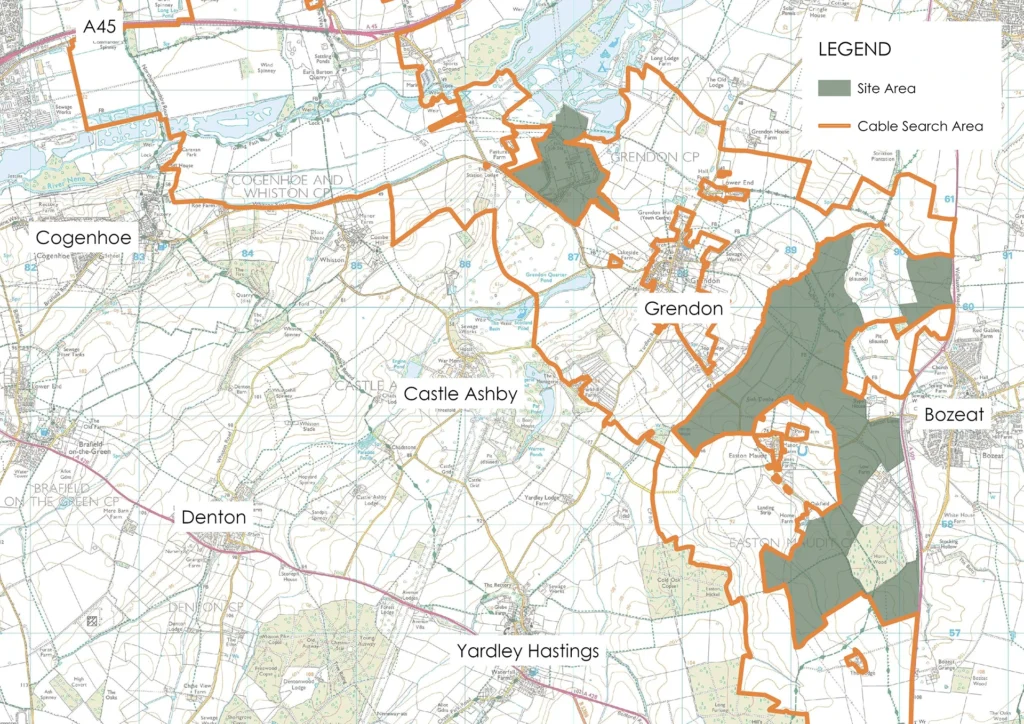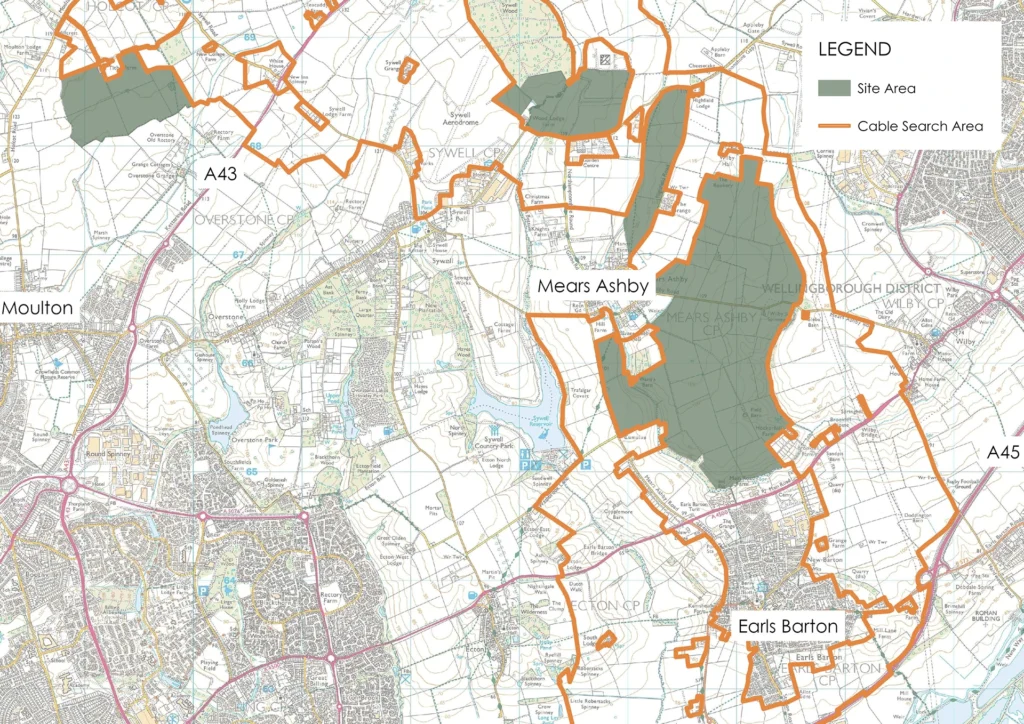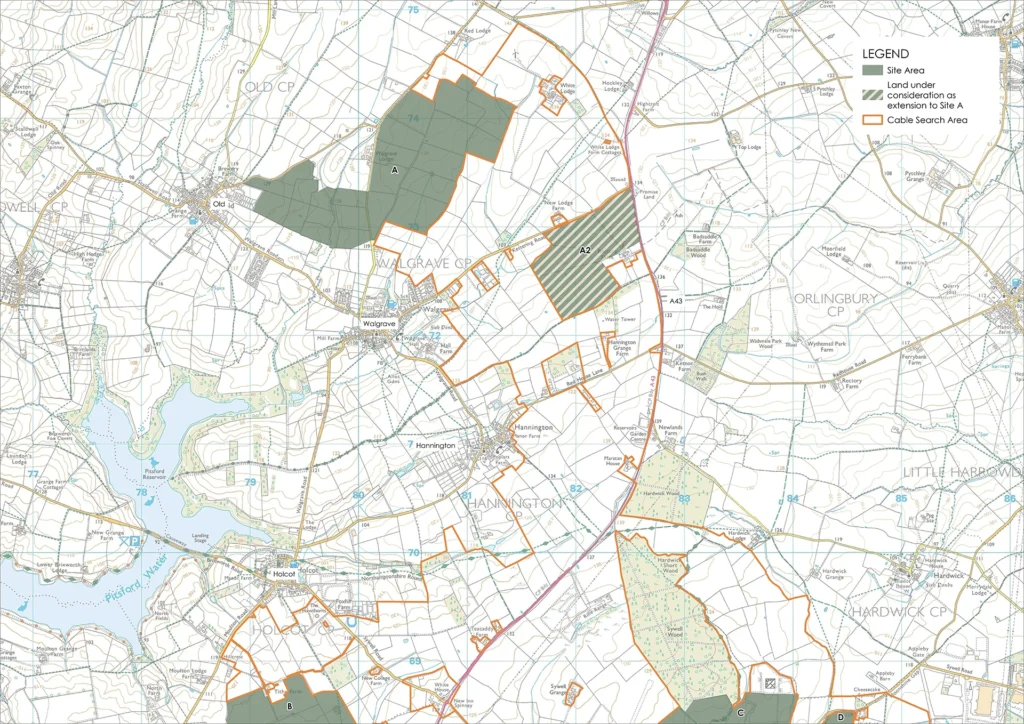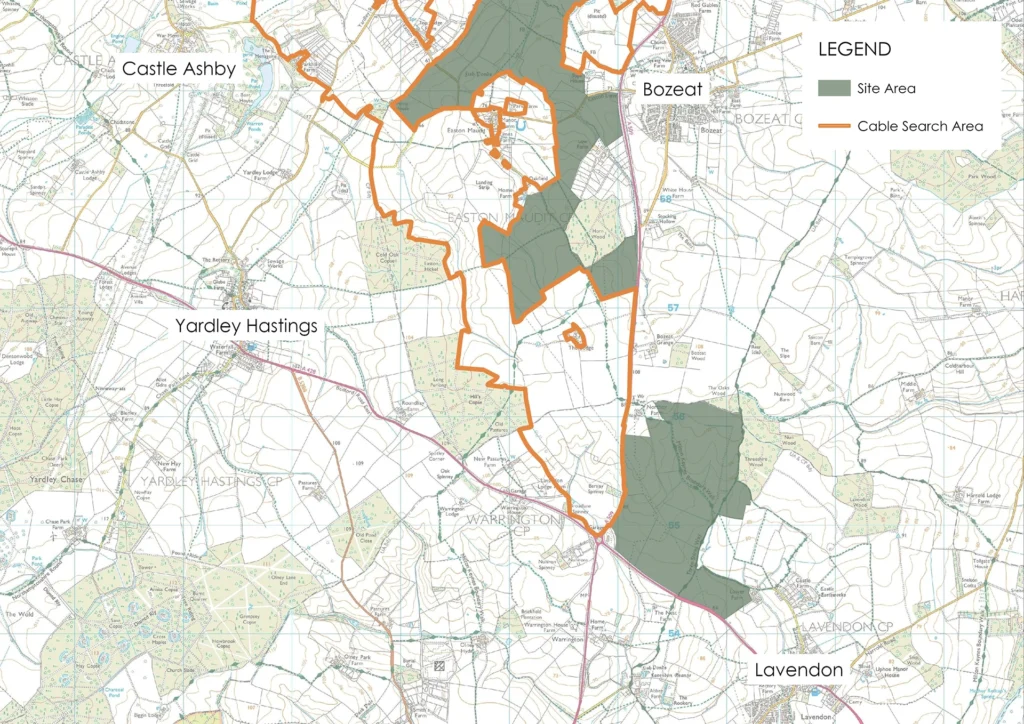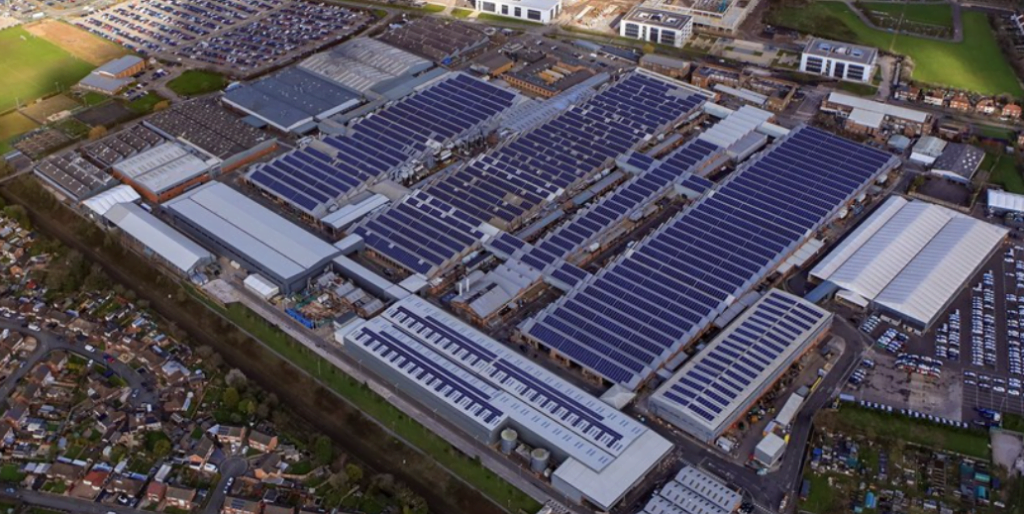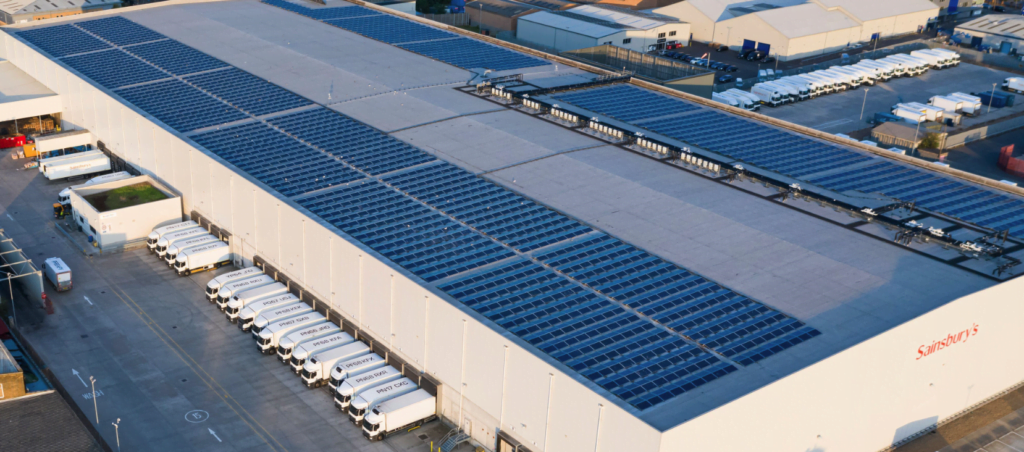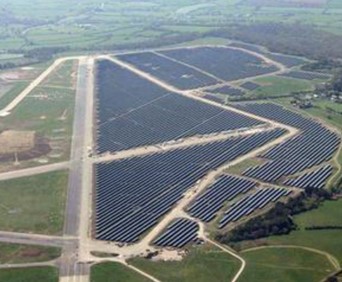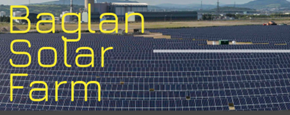INFO AND GALLERY
Do we need solar farms?
Solar power is an important part of the UK’s future energy mix but there is no need to adversely affect rural communities or use productive agricultural land for solar power. All suitable roof space and car parks in the UK could generate 117 GW of electricity (source: CPRE 2024), exceeding the government’s solar target of 70 GW by 2035. Brownfield locations and sites bordering already-industrialised areas should be targeted for use.
Is Green Hill Solar farm needed?
The government needs to meet renewable energy commitments. Plans include increasing solar energy capacity from around 15 GW (spring 2024) to 70 GW by 2035.
However, the outgoing Conservative government confirmed there are already more solar farm proposals in the pipeline nationally than needed. Green Hill Solar will be one of the largest at 500 MW.
What are the alternatives to solar farms on valuable agricultural and greenbelt areas?
The ‘Stop Grendon Solar farm’ campaign does not object to solar or renewable energies. It objects to utility scale solar farms built on greenfield sites and agricultural land that will massively impact rural communities.
Solar farms should neither take over valuable, quality arable land that is important for Britain’s food security, nor impact villages and the countryside with loss of rural landscapes and amenities. Many other considerations include the associated traffic, construction works, tool hire, environmental and ecological effects.
We need a joined-up planning and solar policy by national and local government, councils and planners, to provide renewable energy without destroying the UK’s rural communities and landscapes.
We want renewable energies, but in the right locations.
On industrial and warehouse rooftops, of which Northamptonshire has many!
The Office for National Statistics 2022 says: “West Northamptonshire has the most transport and storage premises in the UK. Neighbouring North Northamptonshire has the third highest.“
The UK Warehousing Association said in its 2022 report Investment Case for Rooftop Solar Power in Warehousing: “UK warehousing has the roof space for up to 15 GW of new solar, which would double the UK’s solar PV capacity. This could meet National Grid’s minimum requirements for solar expansion by 2030… producing up to 13.8 TWh of electricity per year enabling the warehouse sector to become a net producer of green electricity.”
The Campaign for Protection of Rural England (CPRE) in 2024 says: “The government must set a target for generating at least 60% of the UK’s solar energy from rooftops and make it easier and cheaper to install panels on existing homes and commercial buildings.”
The CPRE report considers the potential for Solar Car Parks (SCPs): “It has been a legal requirement since 2023 for a solar canopy to be installed on all new car parks in France. Installing solar modules on the UK’s car parks and new buildings could generate 31 GW. Taken together, all suitable roof space and car parks in the UK could generate a whopping 117 GW, substantially more than the government’s total solar target of 70 GW.”
Locate solar installations on brownfield and ex-industrial sites; next to transport hubs, motorways and railways. Cover car parks, warehouse roofs, business parks, commercial and public buildings.
Why are solar farms on agricultural land being proposed and not other options?
The easy route is for ‘quick win’ developers to offer land owners substantial income for leasing their lands, often more appealing to landowners than farming, although tenant farmers forced off their lands may not feel the same way. There is currently not a joined-up approach by government, planners, property and land owners to solar development: that’s why it’s important to lobby national and local government and work with other organisations to push for solar energy in the right locations.
Will Green Hill Solar farm mean cheaper electricity for me?
The power generated will go into the National Grid. It does not directly benefit Northamptonshire. Solar-generated electricity is under the control of providers and not necessarily sold more cheaply.
There was a Parliament debate on the national topic of solar farms in rural communities on 18 April 2024, with strong MP and media interest. You can read the full debate here.
L-R, Renewable Energies Minister Andrew Bowie and Wiltshire MP James Gray who supports the Stop Lime Down Solar Farm, another 500 MW development proposed by Island Green Power, meet solar farm groups prior to Parliament debate 18 April 2024
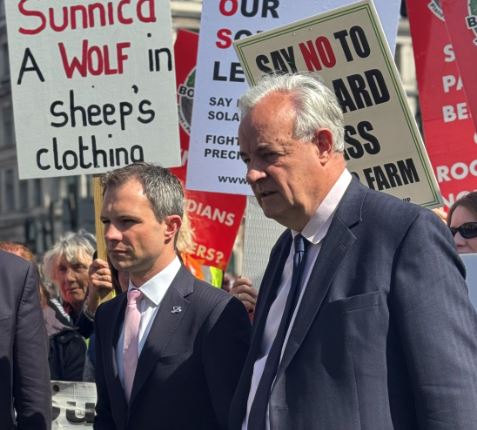
Government Research Briefing, The House of Commons Library – Planning for Solar Farms
